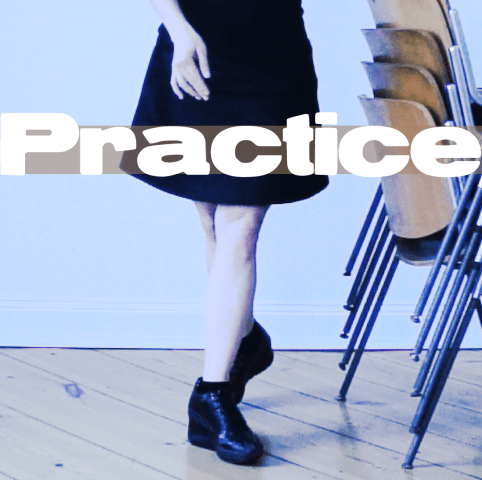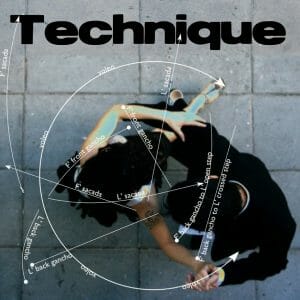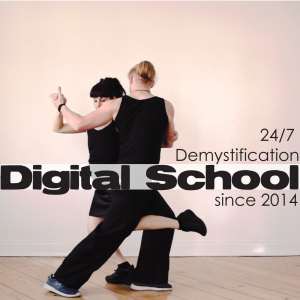There are lots of Argentine Tango instructors to choose from. There are lots of expensive workshops to attend. Everyone seems to rave about every teacher they’ve studied with and how fabulous the workshop was.
Of course it’s fun to go to workshops just for the social part and the buzz. This post is about evaluating the instruction.
We tend to blame ourselves when we can’t execute a sequence in a class. It’s true that we need to develop a lot of body control to dance tango, but often instructors show us what to do, but they don’t tell us how to do it. Or they make fun of what we are doing wrong, without explaining why common problems occur. Here are some tips to make a serious assessment of what you are getting for your money:
Visiting teachers
These things are nice but they aren’t actually instruction:
- the teacher makes you laugh
- the teacher seems like a really nice person
- the teacher seems to know a lot and have a convincing sense of authenticity
- the teacher talks about things that seem very profound and deep at the time but you can’t make sense of them afterward
- the teacher’s dancing was very impressive
If you have received good instruction, you should leave the class with:
- instructions adequately precise to enable you to execute the movements with ease during the class
- tools for recognizing common problems with the movements and how to address them, including clarity about which problems are caused by the leader and which by the follower
- clear and consistent conceptual lessons that can be applied beyond the specific movements from the class session
- clarity about how to integrate the concepts from the class into your dance
If you have a few major points to write down in your notes (more about taking notes below), and if your notes are useful later on, then you’ve received good instruction.
- If what you learned was both new to you and sufficiently accessible so that you can explain it to another person, you have gained something useful.
- If you have sequences swimming in your head that you already can’t remember and weren’t able to execute in the class, you may have wasted some money (or had a very expensive practica).
If you are considering taking a class with a particular teacher, ask one of their students to tell you specifically what was taught in the last class. If they mostly say things from the first bullet list above, you might hesitate.
Watch words
When a teacher uses the following phrases, it means they don’t know how to teach the matter at hand:
- “just be natural”
- “you have to feel it”
- “it takes a long time”
They still may be able to convey their technique to you, but you’ll have to help. Ask them: Where in your body is the mark coming from? What exactly do you feel from your partner in this moment? What are you doing with your legs?
Unprofessional Behavior
Some teachers rely on seduction to keep their students coming back. If you feel your teacher is flirting with you, feel free to enjoy it, but make sure you are getting your money’s worth of instruction. After a private lesson, you should be able to write down five specific things you need to fix in your dancing and details about how to do so. If you can’t do this, your teacher may be providing entertainment rather than instruction. It’s up to you if you want to pay them for this.
Your responsibilities as a student
A good tango class will deliver more information than you can absorb into your body during the session. You need to practice this material for several hours in order to integrate it. Some classes will give you weeks or months of practice, especially if what is being taught requires that you break some bad habits. In order to make the most of your investment you need to take notes to guide your practice. Even the activity of writing the notes helps you to synthesize the class material and to organize it for your own future reflection.
Just taking a video of the teacher’s demo after class is not enough. And this kind of material is already available for free on youtube. It’s the explanations of how and why that are important, so you need to take notes. If you don’t like to write, just have a friend shoot a quick video of YOU explaining the course topic and key points. This will be so much more useful than the video of the teacher doing a demo.
Especially when you are taking a lot of classes in one weekend, it’s easy to be sloppy as a student. You need to find 5 minutes after each class to write down notes about what you did. Hopefully you don’t need to try to write down sequences.
Local teachers
It’s best not to be distracted by the quality of their dancing. Many of the best dancers are not strong teachers, and vice versa. Also some teachers push themselves to dance with a broader range of partners, which will make them look weaker than those who only dance with people they are confident in. Some teachers stick to dancing a small range of moves they can execute perfectly while others are always working to grow their dance, with messier results. To assess a teacher, talk to and dance with their students, asking yourself:
- Are the students confident with a large vocabulary of movements?
- Can you notice that students are making clear improvement in short periods of time?
- Are the students able to improvise and experiment to grow their dance?
- Do the students feel good in the embrace and in the movements?
- Do you like the students’ attitude toward other dancers?
You may want to read the TangoForge Teaching Principles of ethical teaching.













